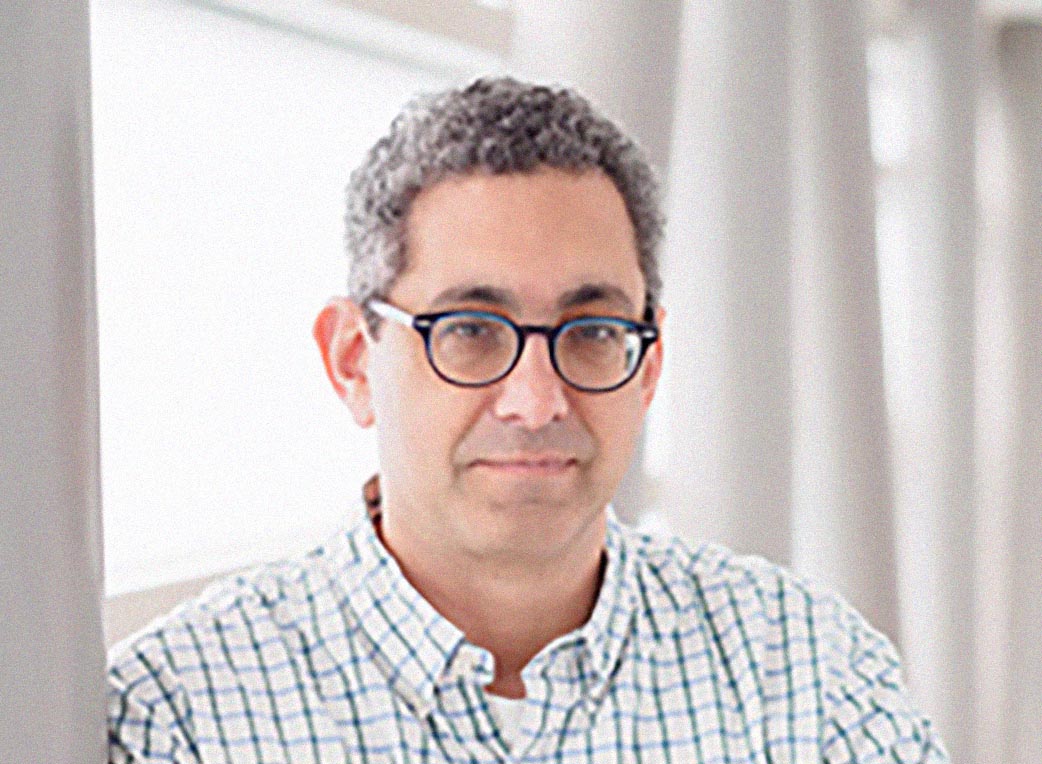My interests center on collective phenomena and ordering in condensed matter and biological systems. In the past, I have worked on high-temperature superconductivity, quantum antiferromagnetism, the fullerenes, and liquid crystals. My current interests include the theoretical and computational modeling of molecular, cellular, and collective properties of biological systems, as well as the behavior of quantum fluids like cold atomic gases and high temperature superconductors.
Current Projects
The mammalian visual system is a complex system that is "self -organizing," in the sense that the connections between cells in the retina and brain arise spontaneously in the developing animal. These organized connections are not "hard-wired," but instead arise from a complex program of intercellular signaling. In particular, as the retina develops, it exhibits spontaneous electrical activity which propagates across patches in a wave-like manner; these waves have been implicated in the formation of ordered maps between the retina and the cortex. In collaboration with neuroscientists Marla Feller and Carla Shatz, Dan Butts and I have developed models for the interactions between cells in the developing retina. Our goal is both to model the specific behavior of the developing ferret retina for close comparisons with experiment, and to use such models to better understand the principles that govern real neural networks and systems.
The three-dimensional structure of a protein is typically specified by its amino acid sequence. This three-dimensional folded or "native" structure, in turn, allows the protein to fulfill its biological function, which may be enzymatic, structural, mechanical, etc. For many proteins, the folded structure is the equilibrium state under physiological conditions, and they are typically stable by 5 -15 kT. By heating them, changing the pH, or adding certain chemicals to the water in which they are dissolved, proteins can be unfolded in a "cooperative" or first-order transition. When such unfolded or "denatured" proteins are returned to physiological conditions, refolding typically occurs rapidly (on the order of milliseconds) and reproducibly. How does this process occur? What are there general principles by which proteins can find their stable folded states? How is this information encoded in their sequence? To answer these questions, Vijay Pande, Nik Putnam, Jarrod Chapman and I are developing and studying models that range from simplified lattice polymers to complete molecular dynamics with solvent, as well as new analysis techniques to characterize the folding process.
I am also interested in the behavior of quantum mechanically degenerate atomic vapors in confined geometries, including both Fermi and Bose systems. Unlike liquid 4He, the recently discovered atomic Bose-Einstein condensates are dilute, compressible systems confined by inhomogeneous trap potentials. How are the properties of a Bose condensate affected by an external potential? How will it respond to external probes? What sorts of vortex states are possible? Can interactions and/or disorder destroy the Bose condensate? Are they superfluids?

